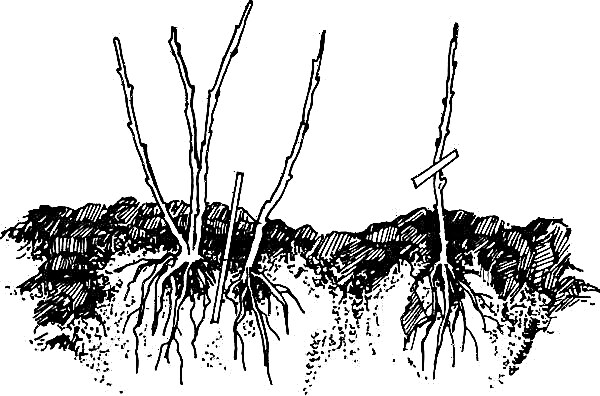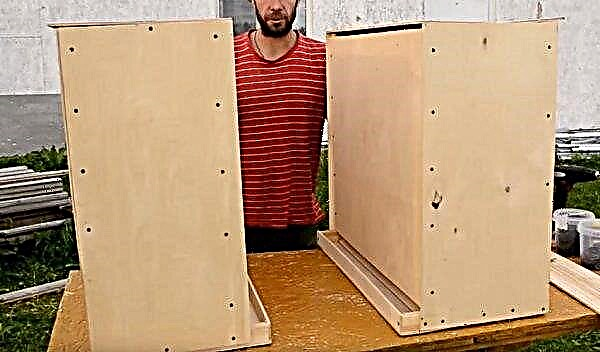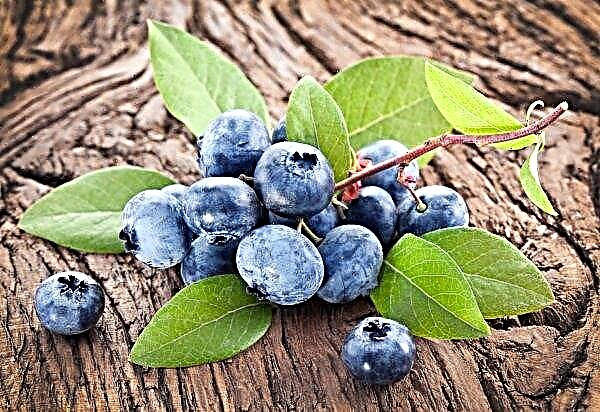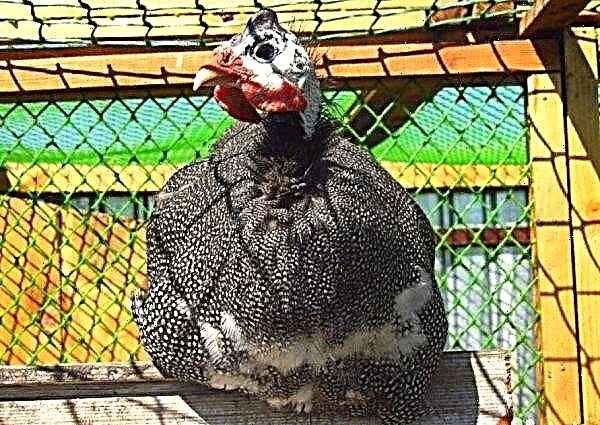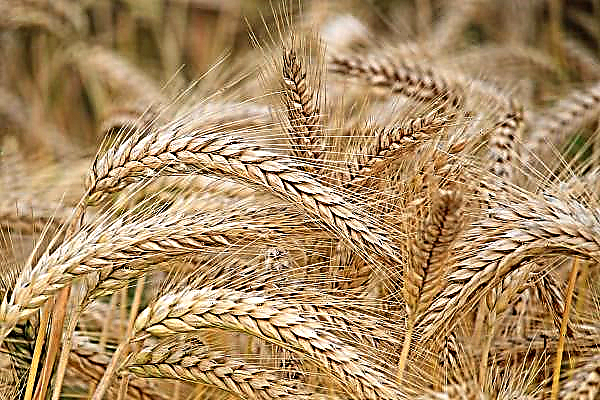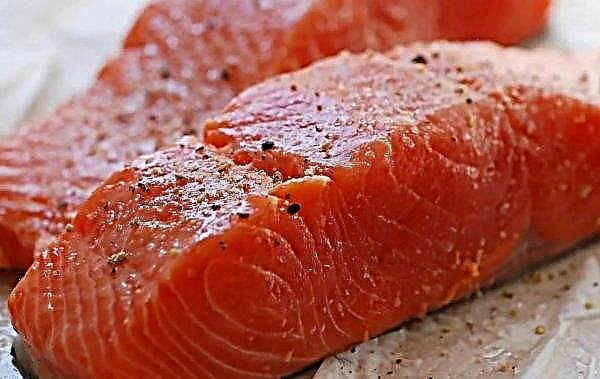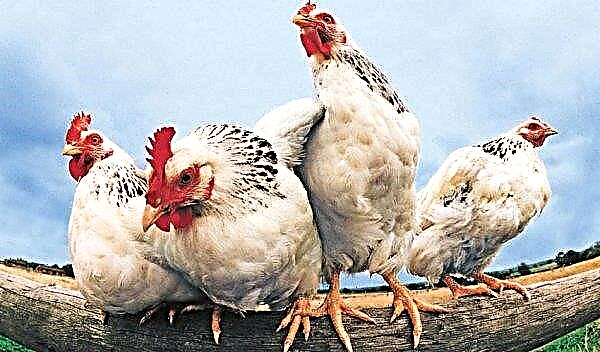Winter wheat has many advantages over other species. First of all, they include good resistance to different climatic changes and high productivity. Experts believe that it is higher than that of the spring form by 15–25%. The article will discuss the winter wheat of the Steppe variety, its characteristics and cultivation.
History of occurrence
Wheat has a complex classification, which includes sections, subspecies and species.
There are 2 types of crops for the duration of fruiting:
- biennial;
- annual.
In connection with the rapid development of food production, the need for the development of productive arable land has increased. The cheapest and most relevant way to increase the yield of grain is the invention of a new variety by selection. It was this method that increased the yield of soft winter wheat varieties by 2.5 times.

Breeders worked on the Steppe variety from 1948 to 1959. Prior to this, spring crops, such as Arnautka, Beloturka, with a yield of 6 to 9 kg / ha, were popular. The real breakthrough was the emergence of winter varieties Banatka and Krymka with a yield of 10-12 kg / ha
In the 60s of the last century, the All-Union Breeding and Genetic Institute created new varieties of steppe wheat:
- Surf;
- Steppe;
- Gull;
- Odessa 66.
Did you know? The Dutch artist Van Gogh depicted wheat fields in his paintings more than 10 times.
These varieties opened a new stage in the intensive technology of growing crops. They combined the best of the qualities of extensive and intensive types. These include: excellent grain quality, high productivity, good resistance to temperature fluctuations, resistance to disease.
Grade description
One plant of the Steppe variety can produce 10–12 such stems. The width of the leaves is 20 mm. They have an elongated, flat shape with a rough surface. At the tips of the ears there are lanceolate ears with webbed tongues. Their length is 0.5–3 mm.

Wheat forms elongated inflorescences 15 cm long. The so-called scales are located on the axis of the ears. Spikelets form 2 rows. Ripe ovoid grains are considered fruits. The base of the grain is bare, with a weakly pronounced groove. The bush has an intermediate form. The root system is fibrous.
Main characteristics
Representatives of the Steppe variety are short-stemmed plants. Their height averages 94 cm. The stems create a high bushiness. The variety is medium early, well adapted for lodging and shedding. Resistance to frosts above average allows the shoots to adapt well to low temperatures. At the same time, plants have a high resistance to drought. The variety stands out with a high level of agricultural background. It is not exposed to viruses, yellow rust and spotting. Weight of 1000 grains - 39–43 g.
Did you know? In ancient times, wheat grains were considered a talisman and a symbol of wealth.
Productivity
The variety has a high potential yield. It reaches more than 110 kg / ha. According to a study conducted in 2012-2013, it was possible to obtain an average yield of 98.2 c / ha (the results of three crops were used).
Grain quality
In terms of grain quality, the Steppe variety is valuable. The bakery and technological qualities of the grains are high. Grains are well resistant to diseases and viruses, so their positive features do not change.

Resistance to diseases and growing conditions
Winter wheat of the Steppe variety has such resistance to climate conditions and diseases:
- High resistance to drought.
- Frost resistance is above average.
- Resistance to viruses, septoria, rust is high.
- The susceptibility to fusarium in an ear is above average.
It is important to carry out post-harvest cleaning of grains and their disinfection. After emergence, for the treatment of crops, the preparations “Diazinon” and “Karate” are used.
Growing Features
Before sowing winter wheat, seeds need to be treated against insects and diseases. Suitable drugs for this: Oxygumat, Ivin, Vincit Forte. The area intended for sowing is cleaned of weeds and predecessors. The field is plowed to a depth of 22 cm using disc harrows. After this, mineral fertilizer or manure is introduced, which must be mixed well with the soil.
 Seeders C3-3.6 and SZU-3.6 are suitable for sowing.
Seeders C3-3.6 and SZU-3.6 are suitable for sowing.
Sowing method - cross, continuous ordinary or narrow row. After that, harrowing is carried out to provide porosity to the soil. Care involves the control of diseases and weeds. Additional fertilizers are produced only if necessary during the flowering of plants.
Harvesting of winter wheat occurs with the help of a combine, when the grains are in the wax phase of ripeness and have a moisture content of less than 28%. If the fruiting is uneven, then the harvester with a low cut can be used for the harvesting process. It is recommended to store wheat in ventilated rooms with humidity up to 70% at a temperature of + 5 ... + 8 ° С.
Important! To provide the plant with optimal conditions for growth and fruiting, it is necessary to use special drugs that increase resistance to diseases and pests.
Sowing dates and recommended region
Variety Steppe is recommended for cultivation in the North Caucasus, as well as in the steppe regions. The optimal timing for sowing is considered the end of September-mid-October, although you need to look at the weather. Every year, the sowing dates of winter wheat change and shift by several days due to climate change.
The best predecessors
The best precursors for winter wheat are ears of corn. Wheat can be sown after siderata, clover and early potatoes. Sowing after corn to grain is strictly prohibited.

Seeding rates
Wheat sowing rate The steppe is 4.5 million seeds per 1 ha. Seeds should be placed at a depth of 3–8 cm. On heavy soils, it decreases to 4 cm, and on sandy soils it increases to 8 cm.
Important! To avoid loss of crop and dispersal of grains, they should be removed before they are completely dry, and the protective shell begins to crack.
Wheat is a valuable and indispensable product for the food industry and animal feed base. Steppe winter wheat is excellent for growing in temperate climates. With proper sowing and care, it gives good seedlings and a rich harvest.


